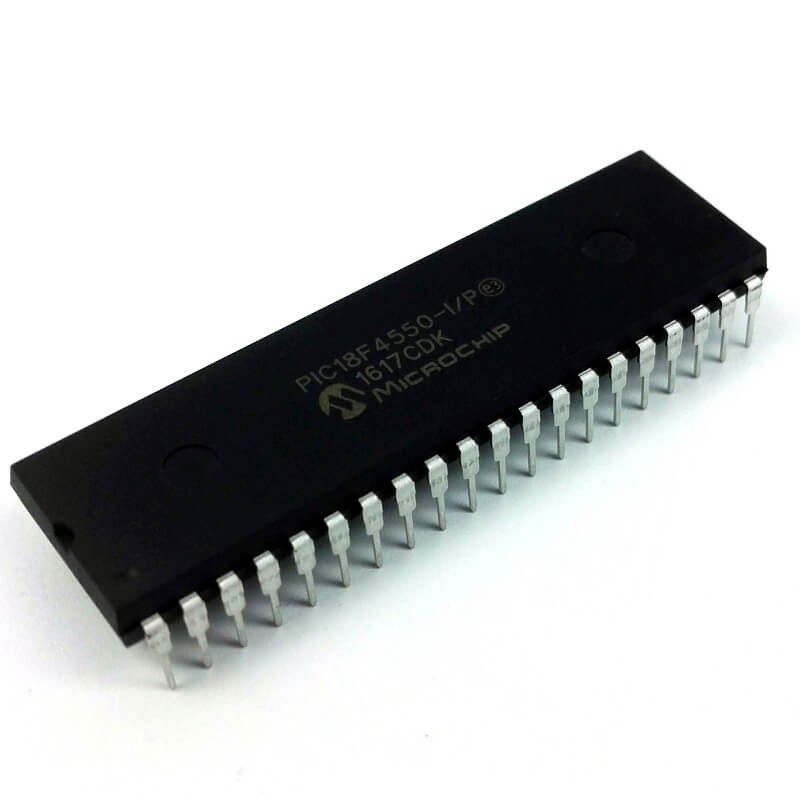Microchip PIC18F4550 Microprocessor Flash Heximl Extraction
Microchip PIC18F4550 Microprocessor Flash Heximl Extraction needs to crack mcu ic pic18f4550 security fuse bit and then reverse engineering pcb design on which pic18f4550 mcu has been mounted on;

The Special Function Registers are registers used by the CPU and peripheral functions for controlling the desired operation of the device (see Tables 2-1, 2-2, 2-3 and 2-4). These registers are static RAM.
The special registers can be classified into two sets: core and peripheral. The Special Function Registers associated with the “core” are described in this section. Those related to the operation of the peripheral features are described in the section of that peripheral feature.
The Status register, shown in Register 2-1, contains:
- the arithmetic status of the ALU
- the Reset status
- the bank select bits for data memory (SRAM)
The Status register can be the destination for any instruction, like any other register. If the Status register is the destination for an instruction that affects the Z, DC or C bits, then the write to these three bits is disabled. These bits are set or cleared according to the device logic to cloning pcb board gerber file. Furthermore, the TO and PD bits are not writable. Therefore, the result of an instruction with the Status register as destination may be different than intended.
For example, CLRF STATUS will clear the upper three bits and set the Z bit. This leaves the Status register as ‘000u u1uu’ (where u = unchanged).
It is recommended, therefore, that only BCF, BSF, SWAPF and MOVWF instructions are used to alter the Status register, because these instructions do not affect any Status bits. For other instructions not affecting any Status bits (see Section 12.0 “Instruction Set Summary”).

